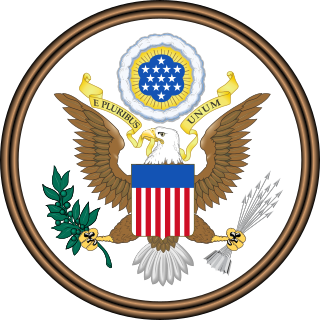 W
WThe Confederate Conscription Acts, 1862 to 1864, were a series of measures taken by the Confederate government to produce the manpower to fight the American Civil War.
 W
WThe Enrollment Act of 1863 also known as the Civil War Military Draft Act, was an Act passed by the United States Congress during the American Civil War to provide fresh manpower for the Union Army. The Act was the first genuine national conscription law. The law required the enrollment of every male citizen and those immigrants (aliens) who had filed for citizenship, between 20 and 45 years of age, unless exempted by the Act. The Act replaced the Militia Act of 1862.
 W
WThe Selective Service Act of 1948, also known as the Elston Act, was a major revision of the Articles of War of the United States enacted June 24, 1948 that established the current implementation of the Selective Service System. On February 22, 2019, U.S. District Court in Southern Texas Judge Gray Miller ruled in National Coalition for Men v. Selective Service System that exempting females from the male-only draft was unconstitutional.
 W
WThe Military Service Act 1916 was an Act passed by the Parliament of the United Kingdom during the First World War.
 W
WNational Coalition for Men v. Selective Service System was a court case, decided in the United States District Court for the Southern District of Texas on February 22, 2019, that declared that requiring men but not women to register for the draft for military service in the United States was unconstitutional. The ruling did not specify which actions the government must take to resolve the conflict with the constitution. The ruling was appealed to the Fifth Circuit.
 W
WThe National Defense Act of 1935 was passed by the Philippine National Assembly on December 21, 1935. The purpose of this act was to create an independent Philippine military, a move interrupted by the outbreak of the Second World War.
 W
WThe National Resources Mobilization Act, 1940 was a statute of the Parliament of Canada passed to provide for better planning of a much greater Canadian war effort, both overseas and in military production at home.
 W
WThe National Service Act 1948 was an Act of Parliament which extended the British conscription of the Second World War long after the war-time need for it had expired, in the form of "National Service". After a bill with the same purpose had been approved in 1947, expected to be implemented 1 January 1949, the Cold War and the Malayan Emergency caused a revised and extended version of the new legislation to be approved in December 1948, only days before the new arrangements came into force.
 W
WThe Selective Service Act of 1917 or Selective Draft Act authorized the United States federal government to raise a national army for service in World War I through conscription. It was envisioned in December 1916 and brought to President Woodrow Wilson's attention shortly after the break in relations with Germany in February 1917. The Act itself was drafted by then-Captain Hugh S. Johnson after the United States entered World War I by declaring war on Germany. The Act was canceled with the end of the war on November 11, 1918. The Act was upheld as constitutional by the United States Supreme Court in 1918.
 W
WThe Selective Training and Service Act of 1940, also known as the Burke–Wadsworth Act, Pub.L. 76–783, 54 Stat. 885, enacted September 16, 1940, was the first peacetime conscription in United States history. This Selective Service Act required that men who had reached their 21st birthday but had not yet reached their 36th birthday register with local draft boards. Later, when the U.S. entered World War II, all men from their 18th birthday until the day before their 45th birthday were made subject to military service, and all men from their 18th birthday until the day before their 65th birthday were required to register.